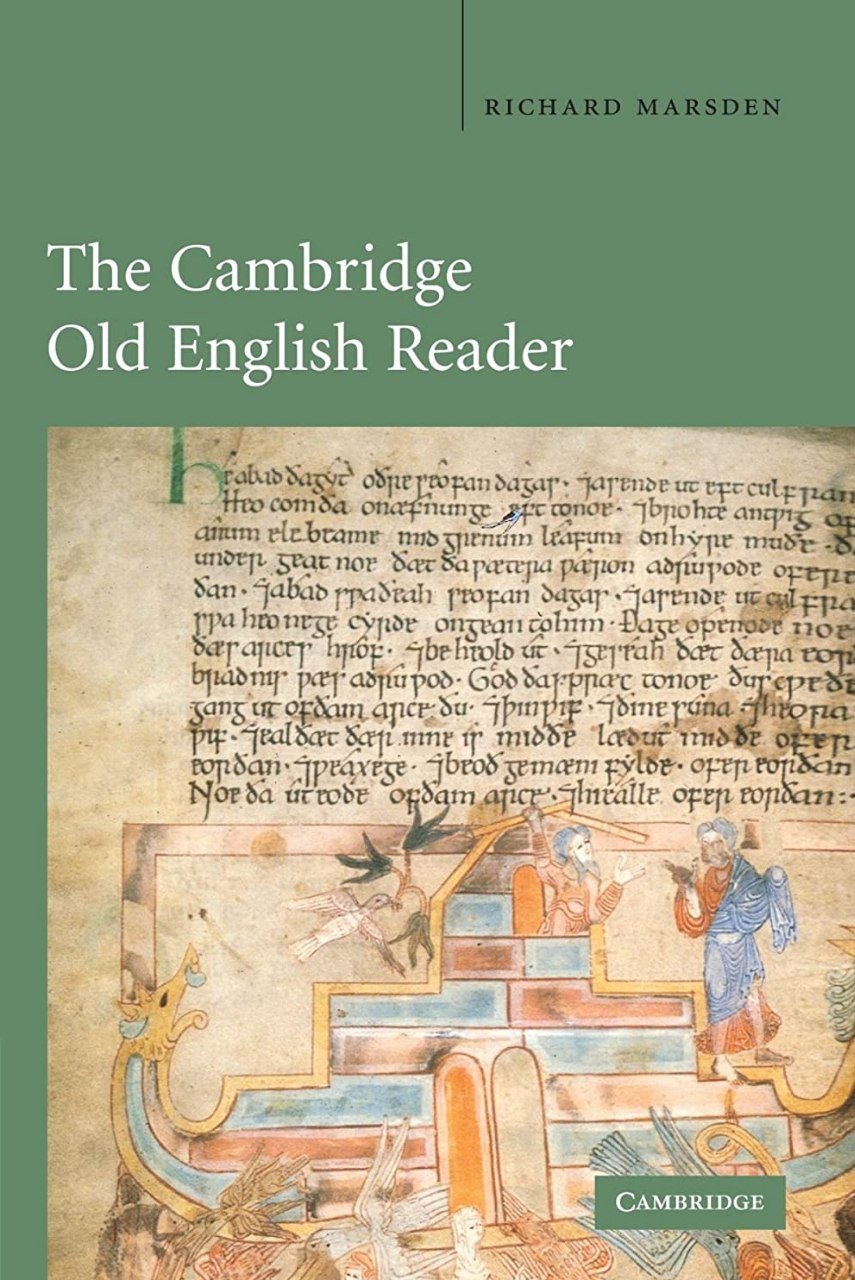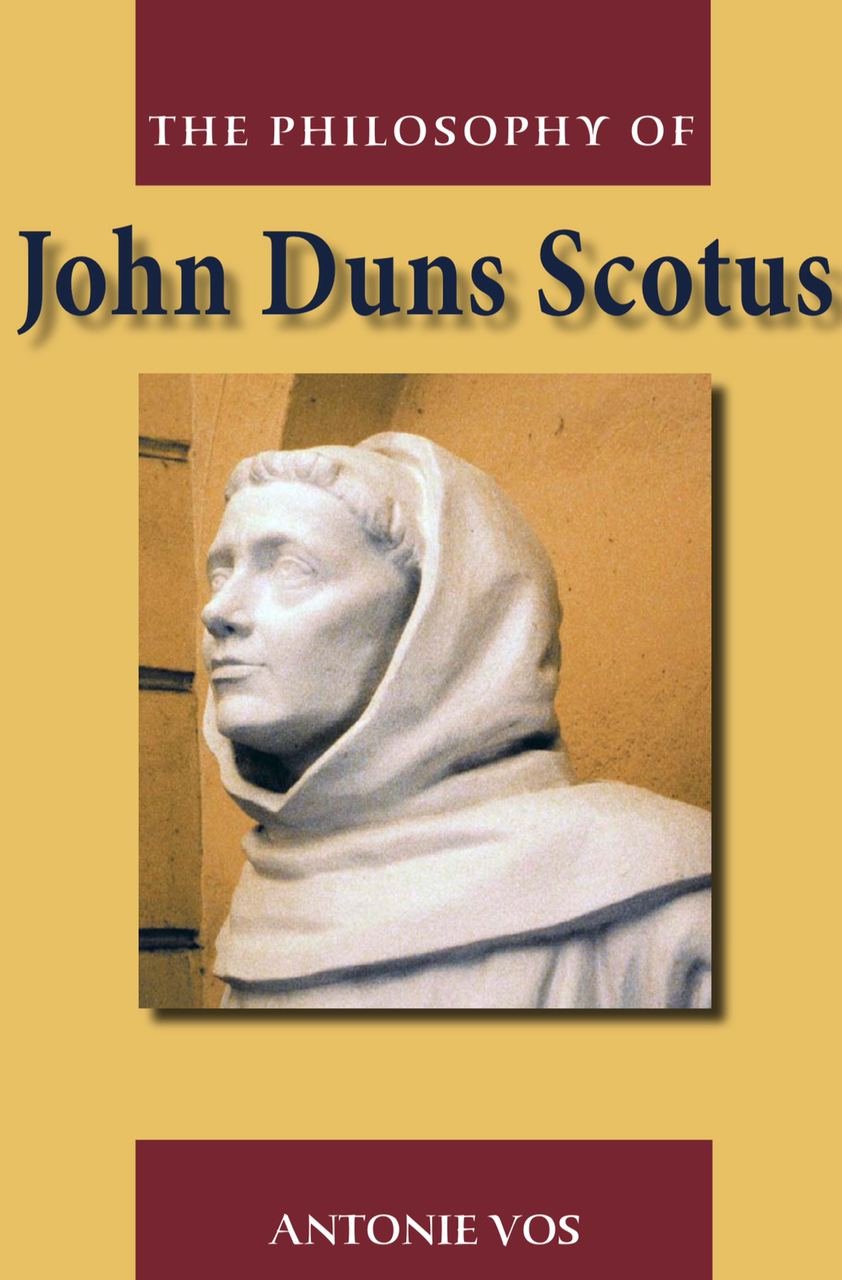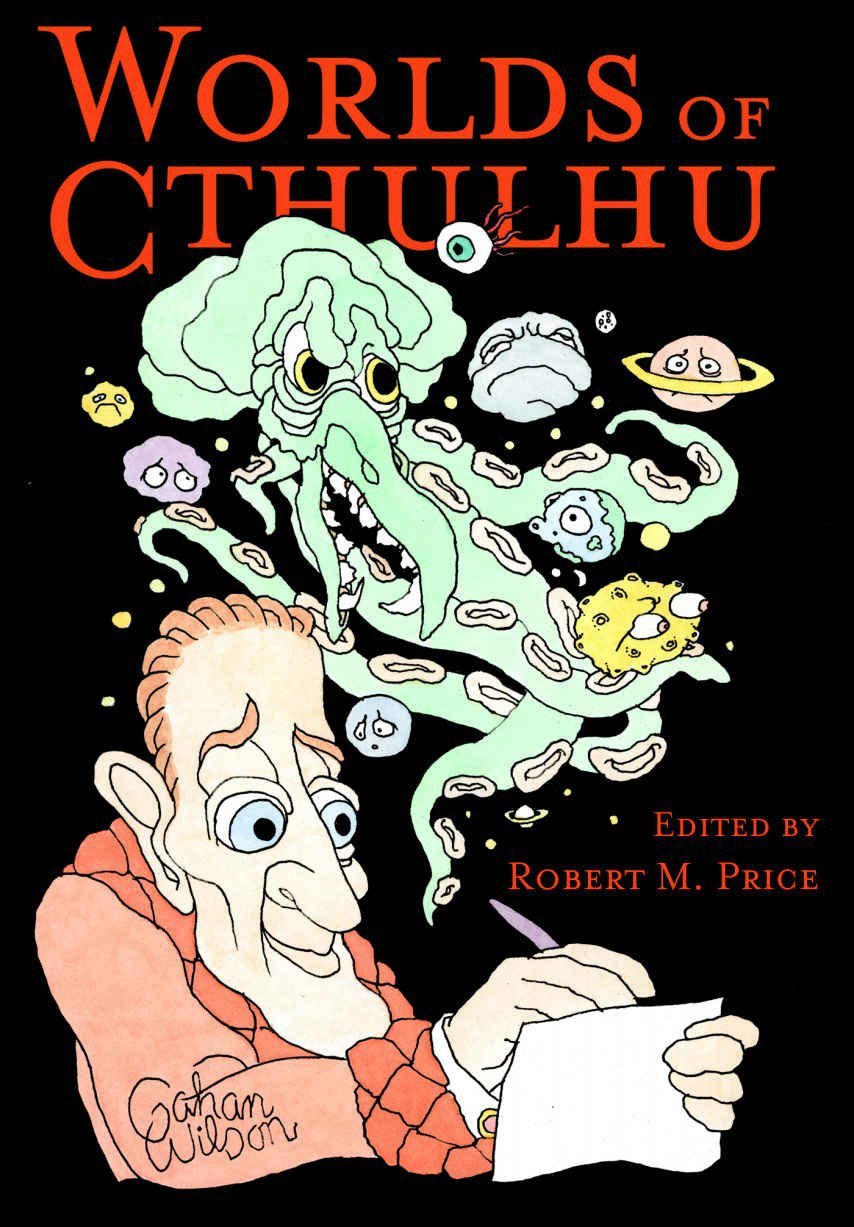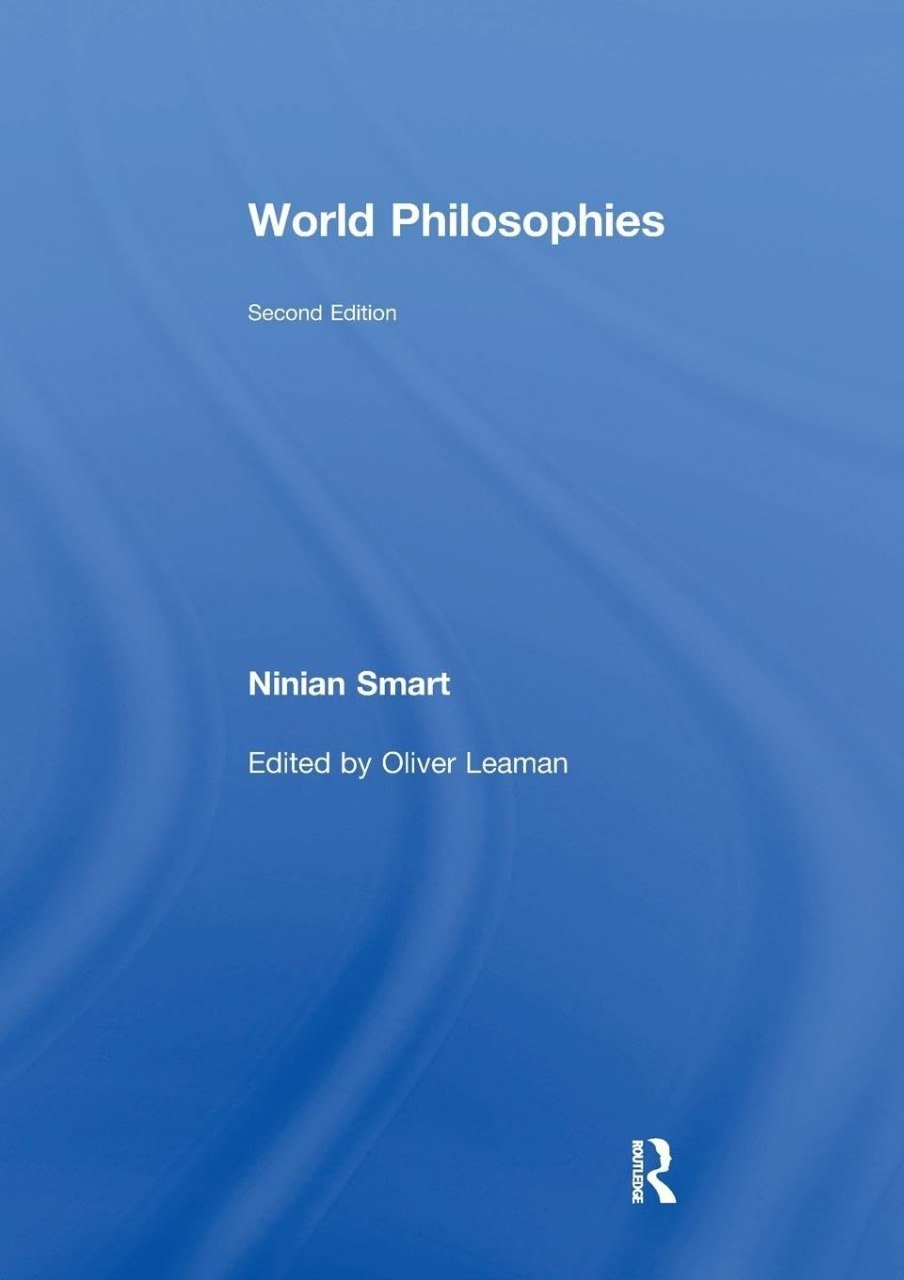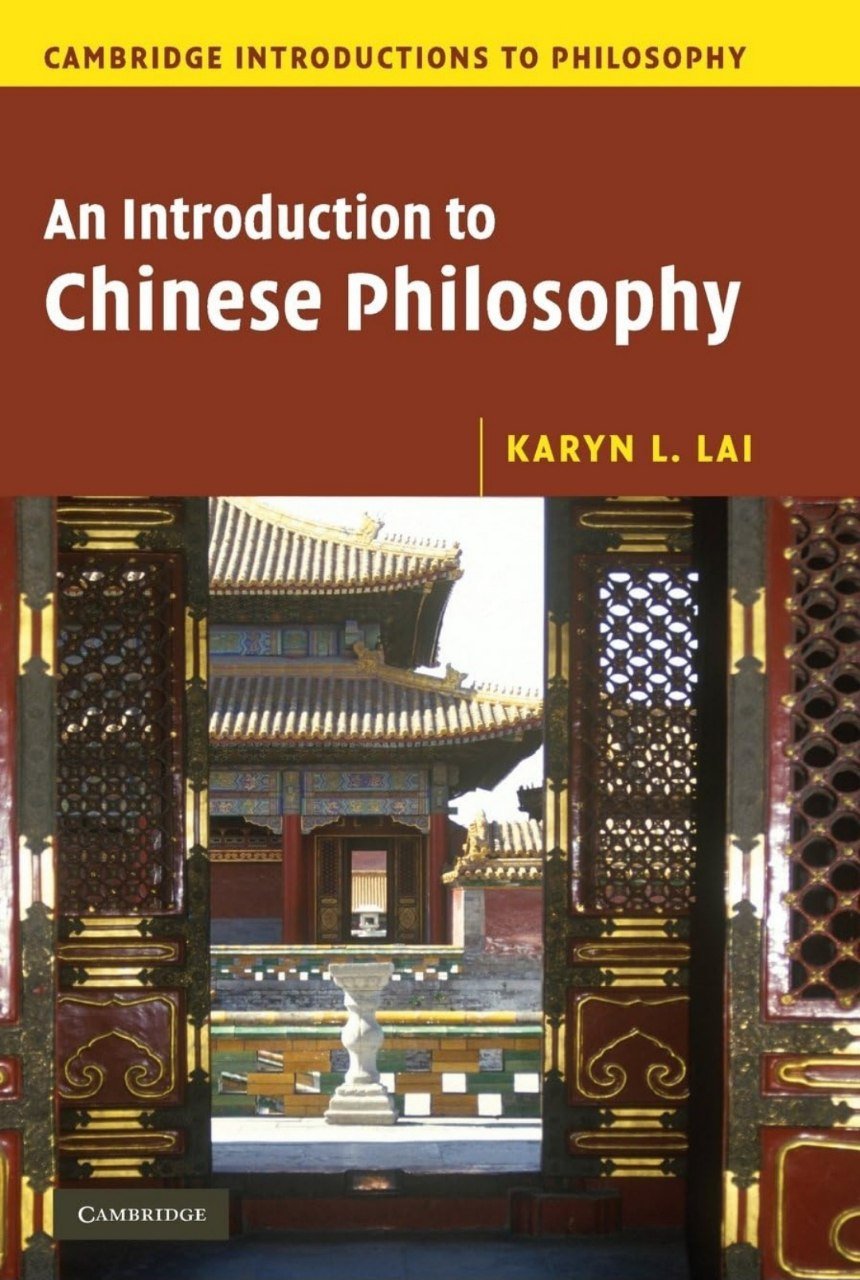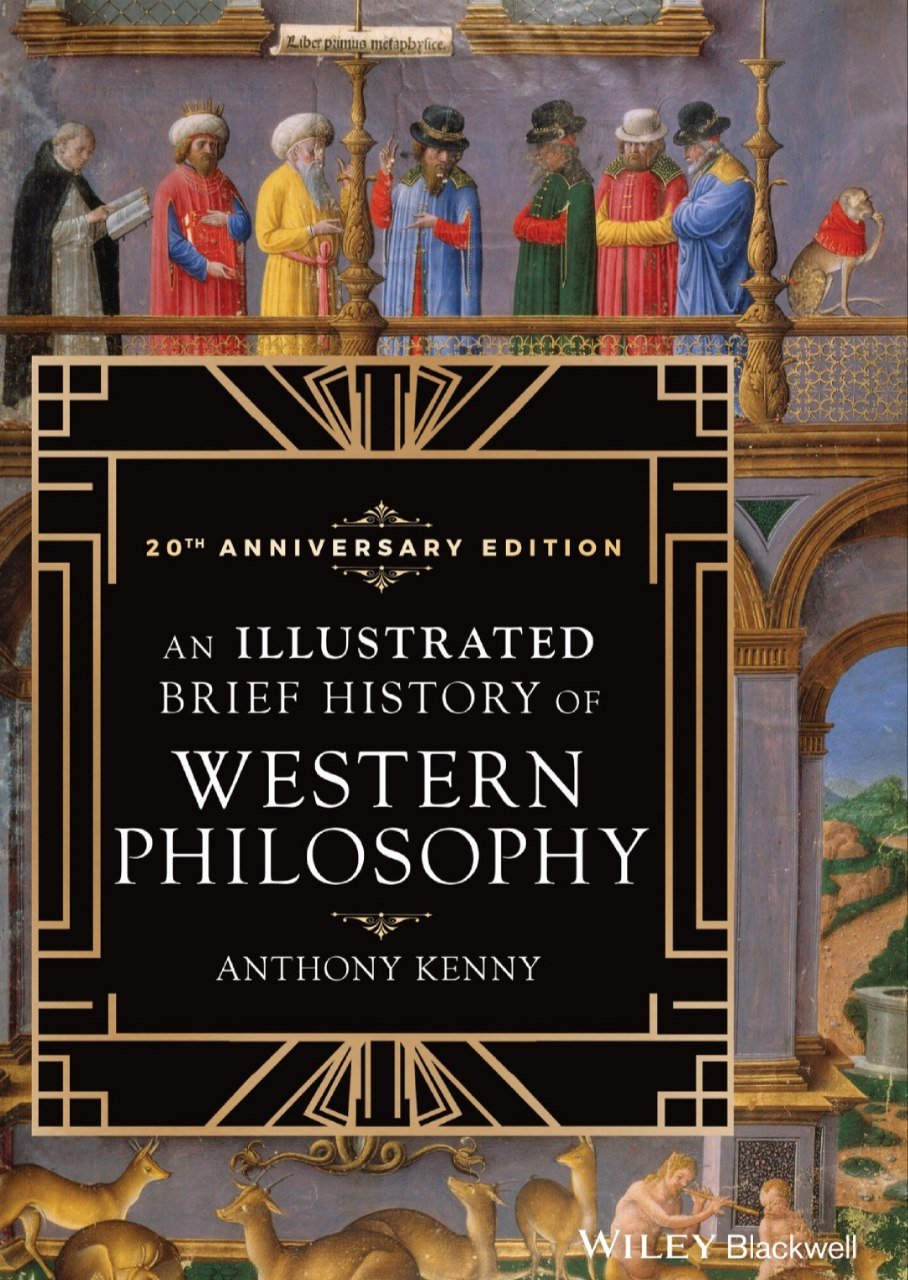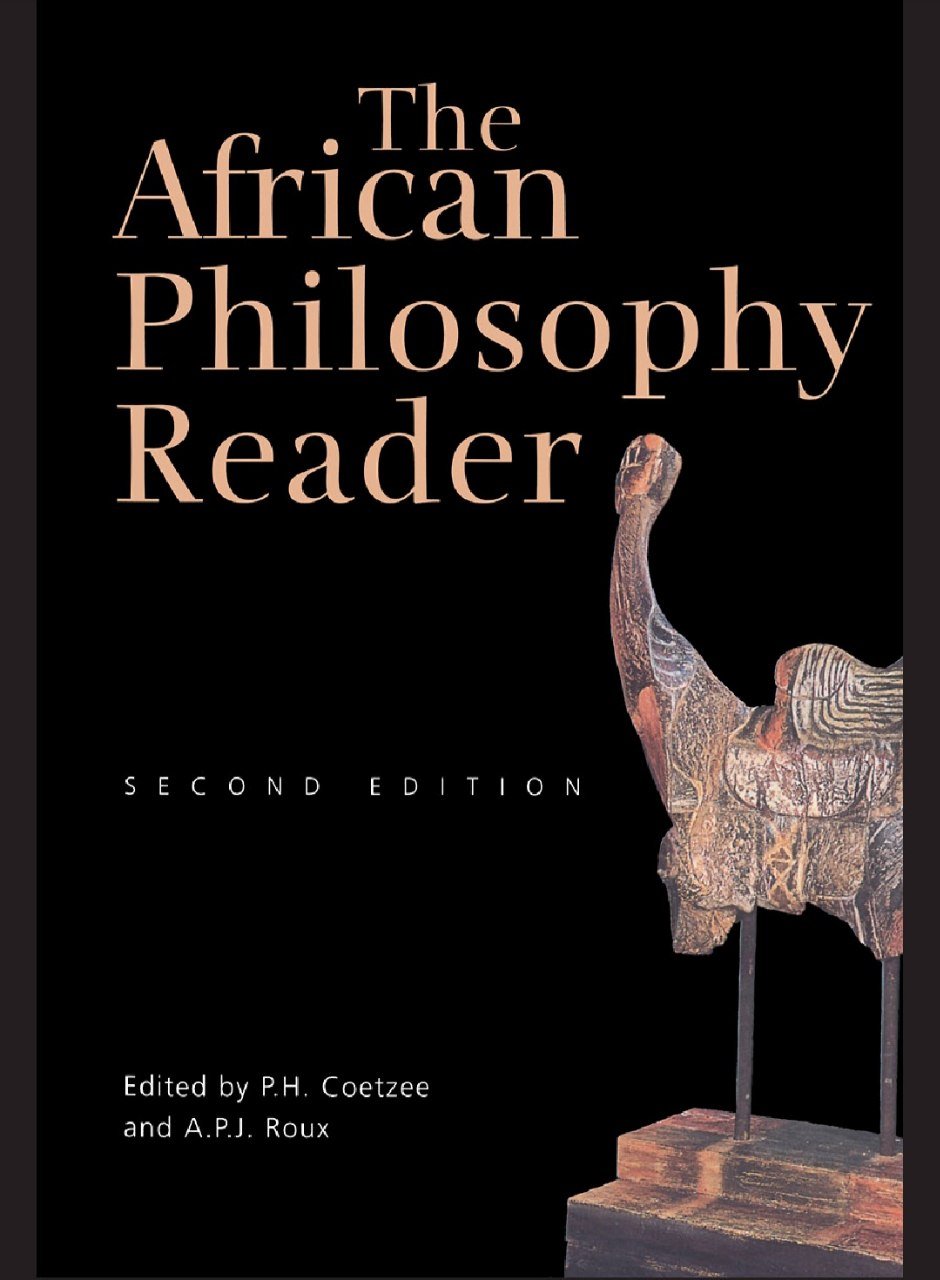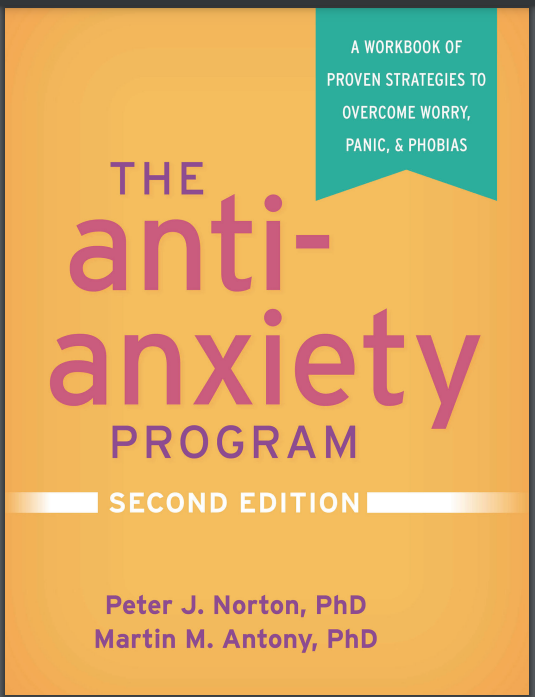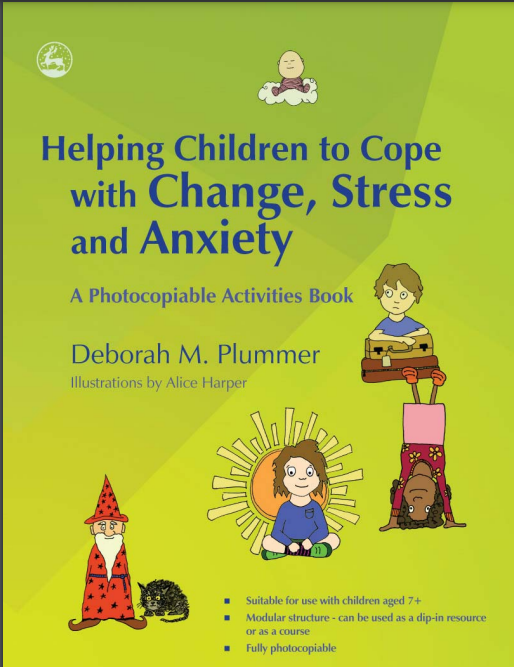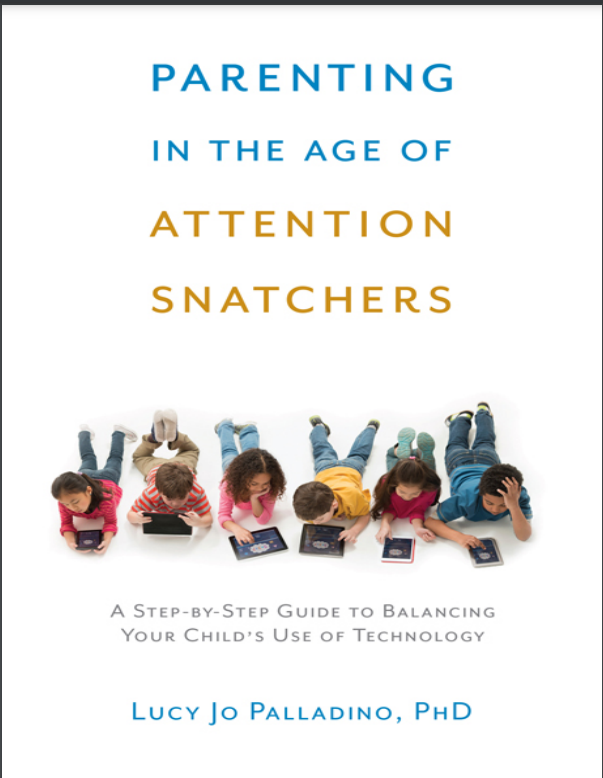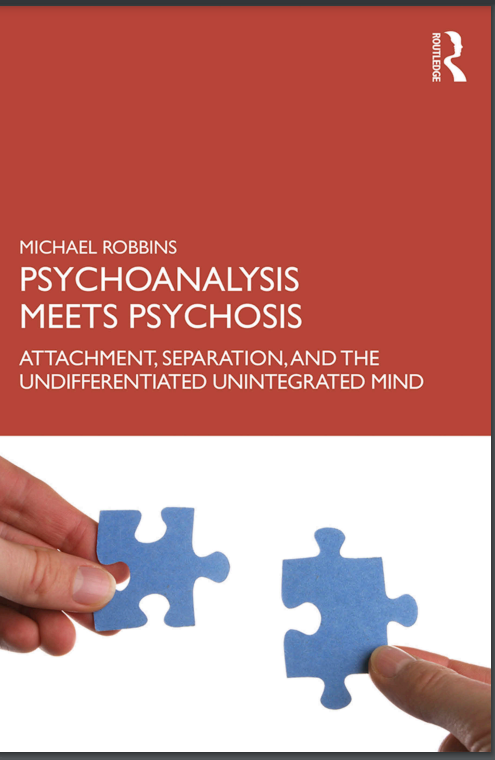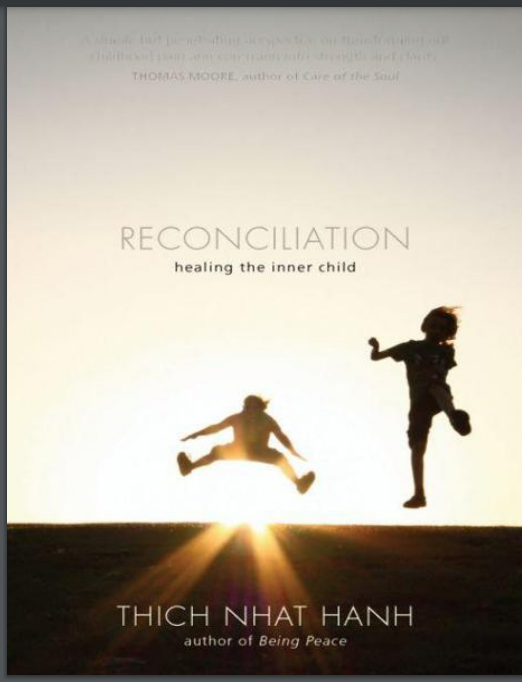
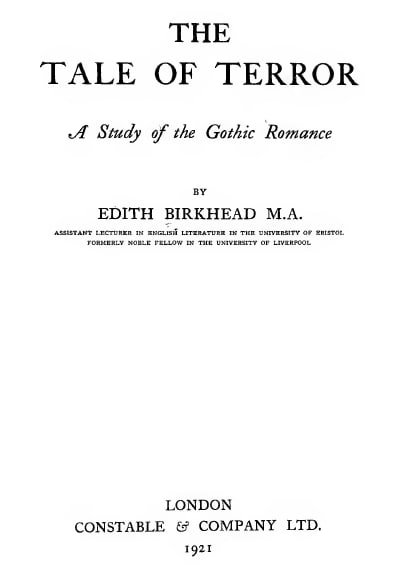
The Tale of Terror: A Study of the Gothic Romance
Reviews
No review yet. Be the first to review this book!
Description
"The Tale of Terror: A Study of the Gothic Romance" by Edith Birkhead is a seminal work that traces the evolution and characteristics of the Gothic romance genre from its origins in the late 18th century to the early 20th century. First published in 1921, Birkhead’s study offers an in-depth literary history and analysis of how Gothic fiction developed as a distinctive form of storytelling marked by mystery, horror, and the supernatural. Birkhead begins by examining the early roots of Gothic fiction, focusing on Horace Walpole’s The Castle of Otranto (1764), widely regarded as the first Gothic novel. She highlights how Walpole established key conventions of the genre—ancient castles, dark secrets, family curses, and supernatural occurrences. From there, Birkhead charts the genre’s development through the works of writers like Ann Radcliffe, whose The Mysteries of Udolpho and The Italian introduced psychological terror and the technique of explaining seemingly supernatural events through rational means. The study also addresses the contributions of Matthew Gregory Lewis’s The Monk, which shocked readers with its violent and sensational themes, as well as Charles Maturin’s Melmoth the Wanderer, which delved into themes of damnation and eternal wandering. Birkhead considers how these authors expanded the Gothic beyond mere ghost stories, turning it into a form that explored deeper human anxieties and moral issues. Birkhead explores how Gothic fiction evolved in different literary contexts, such as the German Schauerroman and the French terror novels, and how these influenced British writers. She also investigates the impact of Gothic elements on later literary figures like Mary Shelley with Frankenstein, Bram Stoker with Dracula, and Edgar Allan Poe, who brought a uniquely psychological and macabre approach to Gothic storytelling. Throughout the book, Birkhead emphasizes the role of fear—whether of the supernatural, the unknown, or the self—in Gothic fiction. She discusses how the genre reflects cultural and societal anxieties of its time, often dealing with themes of power, transgression, punishment, and the breakdown of rationality. The Tale of Terror is not just a historical survey but also a critical exploration of the psychological and emotional effects of Gothic literature on its readers. Birkhead analyzes why readers are drawn to stories of terror and the supernatural, suggesting that Gothic fiction satisfies a deep human fascination with fear and the uncanny. Overall, Edith Birkhead’s work remains a foundational text in Gothic studies. It provides valuable insight into the development of Gothic romance and terror literature, making it essential reading for students and scholars of literary history, Gothic fiction, and horror literature.













 May 03, 2025
May 03, 2025




.jpg)
.jpg)


.jpeg)






.jpg)











.jpg)



.jpeg)



.jpg)
.jpeg)

.jpg)
.png)
.jpg)








.jpeg)








.jpg)















.jpeg)



